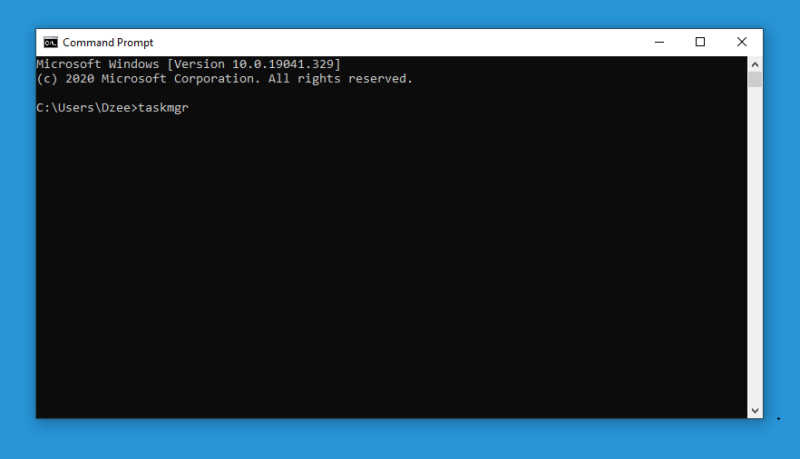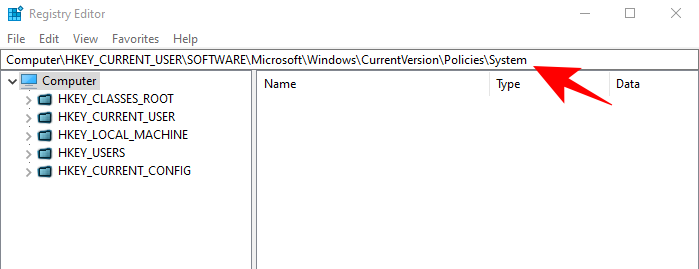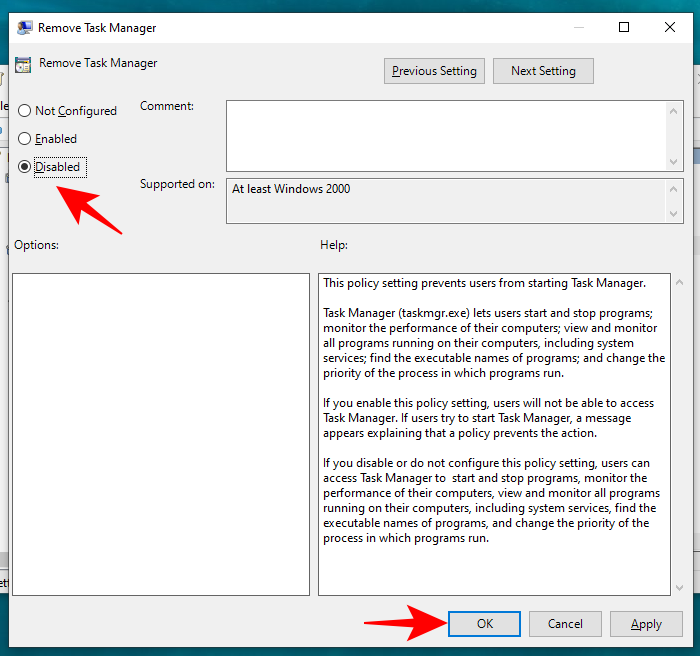

You can use more than one filter or use the wildcard character ( \) to specify all tasks or image names. Specifies the types of processes to include in or exclude from the query. Valid when the /fo parameter is set to table or csv.

Specifies the format to use for the output. For complete verbose output without truncation, use /v and /svc together. Valid when the /fo parameter is set to table.ĭisplays verbose task information in the output. Lists all the service information for each process without truncation. If the module name is not specified, this option displays all modules loaded by each task. Lists all tasks with DLL modules loaded that match the given pattern name. Specifies the password of the user account that is specified in the /u parameter. The default is the permissions of the user who is currently logged on to the computer that is issuing the command. The /u parameter can be specified only if /s is also specified. Runs the command with the account permissions of the user who is specified by or by \. Specifies the name or IP address of a remote computer (do not use backslashes). Step 4: Now, go to desktop and right-click on the Task Manager shortcut you just created and click on properties.This command replaces the tlist tool. Step 3: Name the Task Manager shortcut as you want and press the Finish button. Step 2: Now, in the Create Shortcut window, under Type the location of the item section, type the below path: Step 1: Go to your Desktop, right-click on it, select New and then Shortcut.

Method 3: By Creating a Task Manager Shortcut on Desktop This will open Task Manager in administrator mode. Step 3: In the Command Prompt ( admin) window, type taskmgr and hit Enter. Step 2: In the Run command window, type cmd in the search box and press Ctrl + Shift + Enter keys together from the keyboard to open Command Prompt in elevated mode. Step 1: Press the Win + R shortcut keys together on your keyboard to open the Run command. Method 2: By Opening Task Manager in Admin Mode Using Command Prompt (Admin) When you see the UAC ( User Account Control) prompt asking for the password, click Yes to open Task Manager with admin rights.


 0 kommentar(er)
0 kommentar(er)
